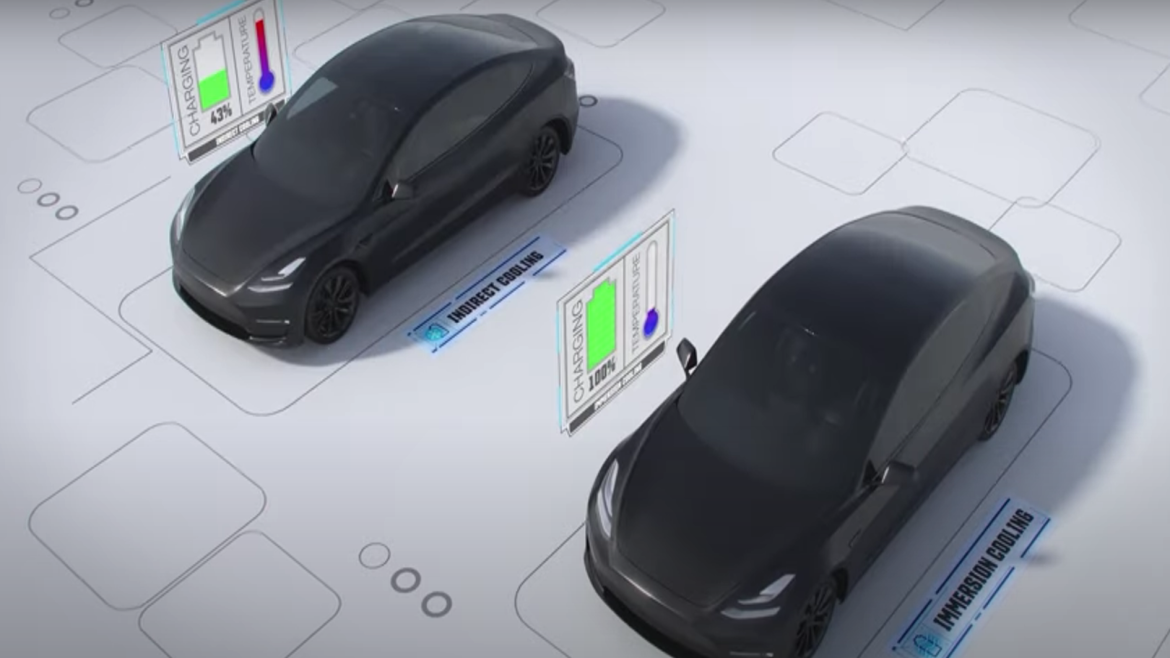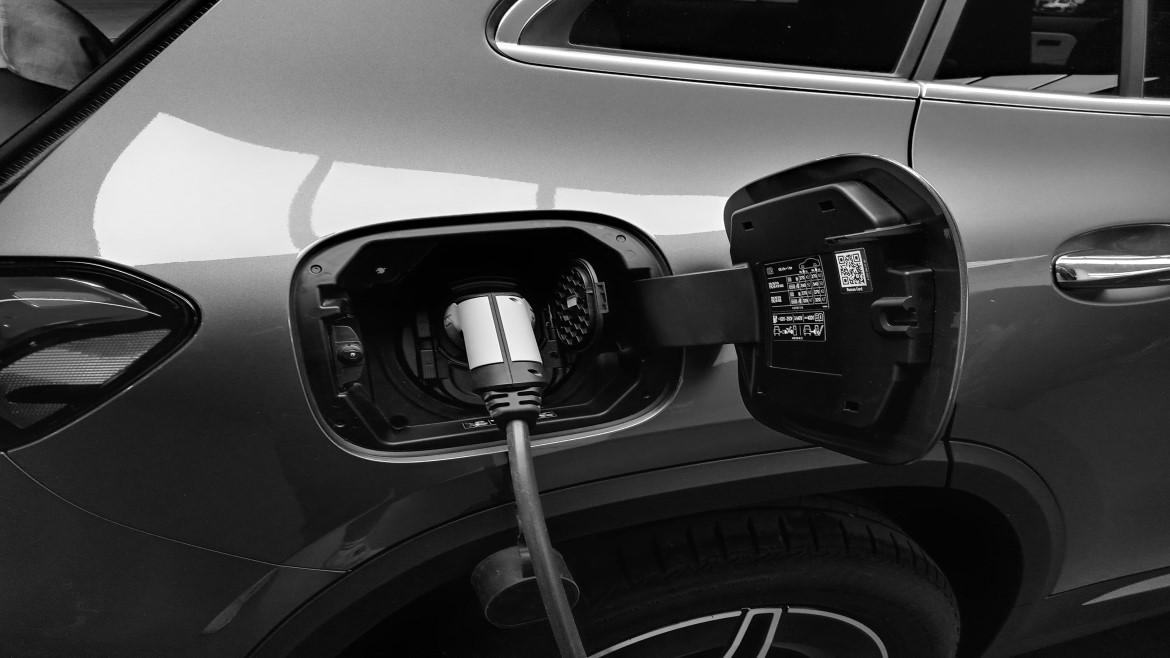Feb 25, 2020
Posted by Mark Rees, Vice President, Strategy, Research and New Business Development
In late 2019, Tesla’s Elon Musk unveiled his anticipated Cybertruck, a radical, angular new take on the classic American pickup truck that boasts some impressive performance figures the company says are made possible by its all-electric design.
The announcement made a splash in the automotive world. Consumer Reports noted: “The edgy design is decidedly unconventional for a pickup and promises to be polarizing. But the price and performance specifications seem likely to appeal to any would-be truck shopper.” Musk claimed that the company had received 250,000 applications to preorder the truck within a week of the announcement, though it remains to be seen how many Cybertrucks will be truly dotting the roadways in a few years.
Commercialization of the vehicle will be interesting to watch—it’s the start of an important case study in what drivers really want out of future vehicles, electric or otherwise. While a vehicle like the Cybertruck grabs headlines, for the classic, utility-seeking American pickup truck driver, electrification is already happening in subtler ways, in vehicles they already know and trust.
Take the 2019 Dodge Ram as an example, which utilizes eTorque technology—an electric motor supplying power into the engine’s crankshaft.. But as Car and Driver notes, Dodge isn’t marketing it as a hybrid vehicle: “Unlike the giant banners on the doors of circa-2008 Chevy Tahoe hybrids, nothing on this truck proclaims that your…purchase of a Ram 1500 pickup is secretly reducing America's fuel consumption.” The Dodge Ram demonstrates how ICE powered vehicles can use electrification to improve efficiency and enhance drivability without going all the way to a full battery electric vehicle. This highlights there is a broad spectrum from ICE enhanced electrified vehicles to full electric.
Simultaneously, while many automakers have announced grand plans for electric technology in the coming years, we know that the advancement of the internal combustion engine (ICE) remains a current priority for OEMS everywhere. Complete electrification isn’t happening all at once—and today’s efficiency targets must still be met with highly efficient ICE technology.
OEMs are developing some promising technologies to balance both the new frontiers of electrification and heightened ICE performance. Hybrid engines will continue to proliferate around the world, for instance, and they come with some unique operational challenges that OEMs must account for. Among them is the internal operating temperature that is significantly lower than traditional engines where excess fuel and water vapor can accumulate in the absence of extra heat and can lead to degradation of the lubricant and corrosion within the engine.
In the ICE space, we’re also seeing continued development of cylinder deactivation technology, which sees certain engine cylinders switch off when that power is not needed. This can help enable higher efficiency in powerful engines, like V8s—often found in pickup trucks. The concept has been refined over the years, but the challenge for lubricants has remained the same. Continued on-and-off switching can create aeration, which can, in turn, compromise performance. Elsewhere, some OEMs are working on heightening engines’ thermal efficiency to improve useful energy that results from fuel combustion. And when a hotter engine is generating higher power, temperatures get hotter, requiring lubricant technologies that are high in thermal stability to deliver ongoing engine protection.
So, while electrification is one of the most important developments for OEMs, a strong focus must remain on ensuring the reliability and performance of hybrid and ICE technologies, along with the new demands for fluids in all electric vehicles. It’s a balancing act for all stakeholders as the industry moves into a more efficient future—and at Lubrizol we’re constantly working on developing the technology to help get there.
Our View
Whichever electrification scenarios OEMs pursue in the coming years, we know that high-performance lubricants and fluids will remain critical for robust, reliable performance. Technical demands of these fluids will become more complex.









